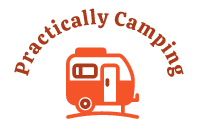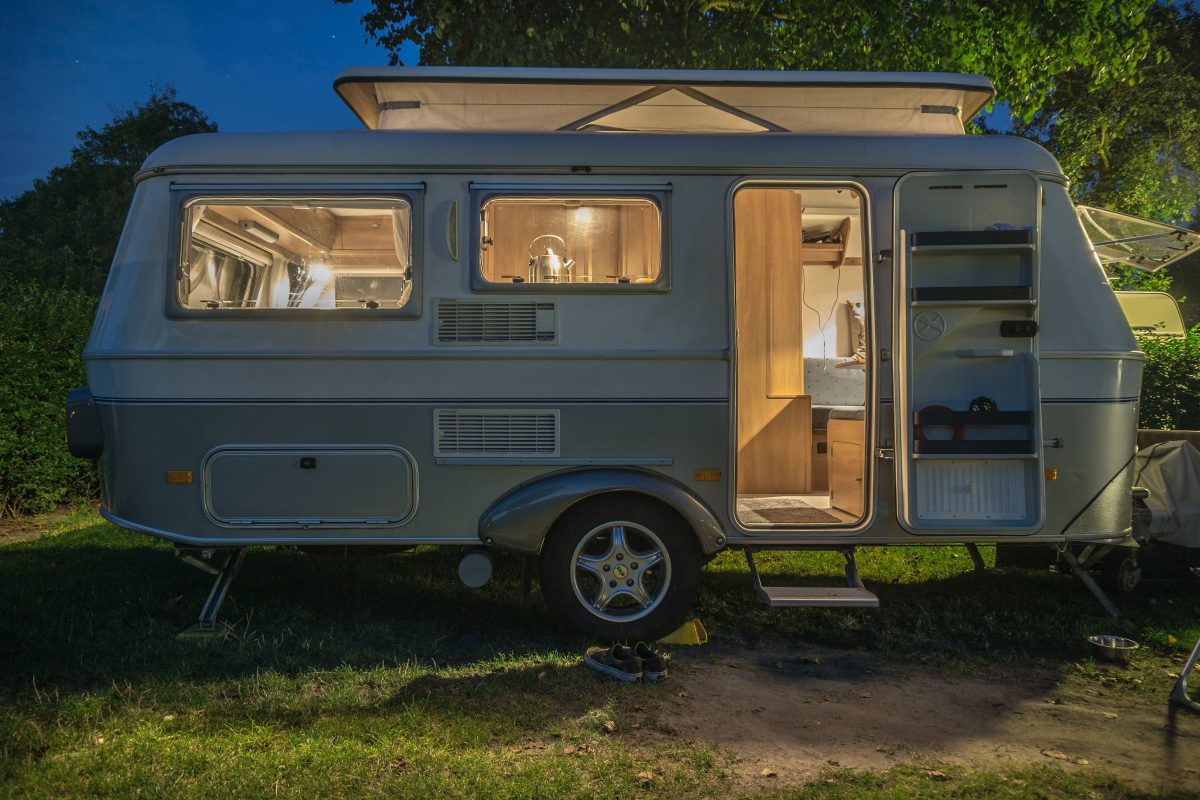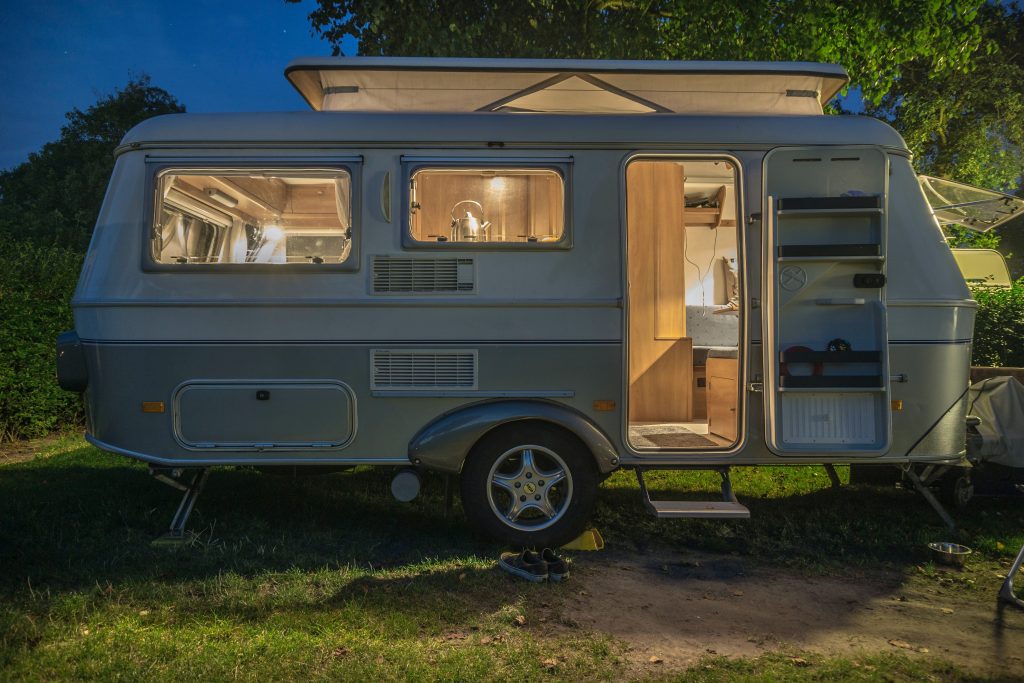As the leaves change and temperatures drop, fall becomes the perfect season for buying a used RV. Many RV owners decide to sell their recreational vehicles before winter sets in, which means there are plenty of options on the market. However, before you take the plunge and drive off with your new-to-you RV, there are several crucial factors to consider to ensure you’re making a smart purchase.
1. Determine Your Needs: Begin your search by defining your RV requirements. Consider the size, type (motorhome, trailer, etc.), and amenities you need for your travels. Are you looking for a cozy camper for weekend getaways or a spacious motorhome for extended trips? Your needs will dictate the type of RV you should be looking for.
2. Set a Budget: Determine how much you’re willing to spend on a used RV. Remember to account for not just the purchase price but also ongoing costs like insurance, maintenance, and fuel. Stick to your budget to avoid financial strain.
3. Research RV Types: There are various types of RVs, including Class A, Class B, and Class C motorhomes, travel trailers, fifth wheels, and more. Each has its own advantages and drawbacks. Research each type to find the one that aligns with your preferences and lifestyle.
4. Inspect the Exterior: When you find an RV that piques your interest, start with a thorough exterior inspection. Look for signs of damage, such as cracks, dents, rust, or water stains. Check the tires for wear and ensure they match in terms of brand and tread depth.
5. Examine the Interior: Step inside and carefully inspect the interior. Check for signs of water damage, leaks, or mold. Test all appliances, plumbing, and electrical systems to ensure they’re in working order. Pay special attention to the kitchen, bathroom, and sleeping areas.
6. Check for Maintenance Records: Request maintenance and repair records from the owner. This documentation can provide valuable insights into how well the RV has been maintained and if any significant issues have been addressed.
7. Test Drive: If it’s a motorized RV, take it for a test drive. Pay attention to how it handles on the road, and check for unusual noises, vibrations, or handling issues. Ensure the engine, brakes, and transmission perform smoothly.
8. Verify Ownership and Title: Ensure that the seller has a clear title to the RV and that there are no outstanding liens or legal issues. Verify the VIN (Vehicle Identification Number) matches the title and the RV itself.
9. Negotiate Price: Don’t be afraid to negotiate the price. Research the RV’s market value and use any issues you’ve discovered during inspection as leverage for price negotiation.
10. Get an Inspection by a Professional: If you’re not confident in your ability to assess the RV’s condition, consider hiring a professional RV inspector. They can provide a comprehensive evaluation of the vehicle.
11. Consider a Warranty: Depending on the RV’s age and condition, you might want to invest in an extended warranty to cover potential repairs. Discuss warranty options with the seller or explore third-party warranty providers.
12. Plan for Ownership Costs: Remember that owning an RV comes with ongoing costs such as insurance, storage fees, maintenance, and fuel. Factor these expenses into your budget and long-term plans.
13. Trust Your Instincts: Finally, trust your instincts. If something doesn’t feel right about the RV or the seller, it’s okay to walk away. There are plenty of used RVs available, and the right one will come along.
With these tips in mind, you’ll be well-prepared to navigate the used RV market this fall and find the perfect recreational vehicle for your adventures. Happy RV hunting!



You must be logged in to post a comment.